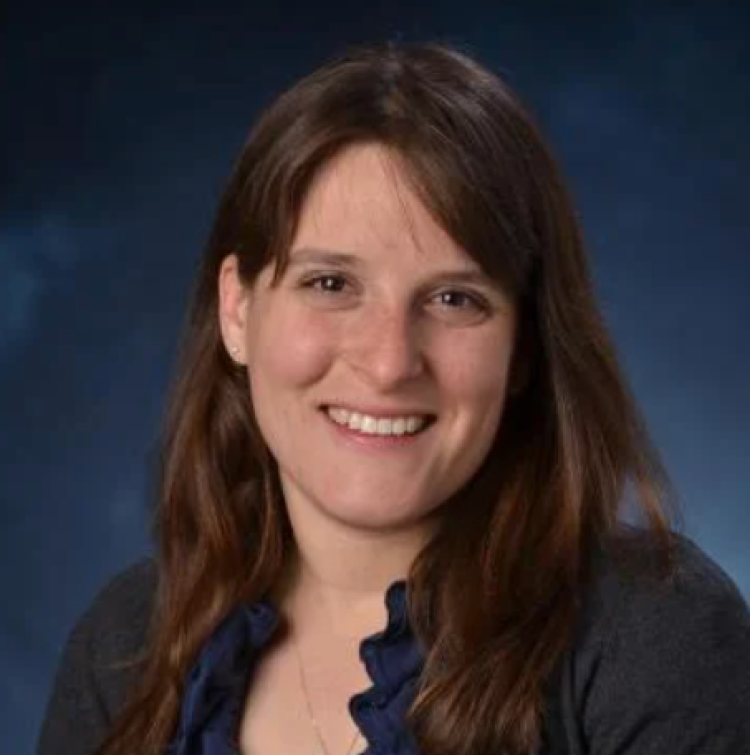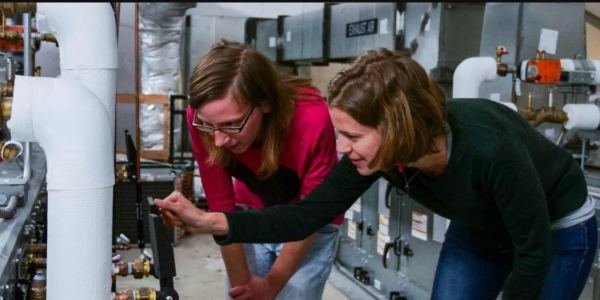
Abbie Liel
Engineers have studied disaster resilience in housing for decades – exploring and creating better solutions to keep people safe and in place after events like earthquakes with minimal disruption to their daily lives.
New research from CU Boulder aims to take that work further by better incorporating the perspectives and attitudes of those living in impacted homes in that development process. Funded by the National Science Foundation, the project will look specifically at how the inclusion of women’s knowledge, priorities, and perceptions in the decision-making process changes both the policies proposed and ultimately selected, as well as the development of new approaches over time.
Professor Abbie Liel in the Department of Civil, Environmental and Architectural Engineering is leading the work. She said she has become increasingly convinced of the vital importance of both engineering better, more resilient housing and the central role women will play in that process.
“In Turkey, I saw seismic safety education programs directed at children and their mothers that were more successful at addressing risks than other programs. And in Oklahoma I saw homeowners – the most visible of whom are women – filing class-action lawsuits about earthquake damage to their homes caused by deep injection of wastewater from oil and gas activities,” Liel said. “So while there has been a lot of progress made in building codes and construction standards, women’s and residents’ knowledge – and their ‘ways of knowing’ – are not well represented in this process and are underserved by our approaches.”
Liel said that while more than half of U.S. households – about 60% among Black households – have female heads, women continue to be underrepresented in the building engineering, architecture, and construction professions, as well as in the development of standards and policies that govern design, construction, permitting, and inspection of homes.
“And despite decades of advances, houses still remain particularly vulnerable to damage from earthquakes, hurricanes, floods and other hazards,” she said. “This idea for this research argues that the problem of underrepresentation of women and women of color in the building industry and the problem of inadequate disaster resilience of housing are indeed linked together closely.”
Liel has conducted extensive structural resilience research in her career. However, this time she is approaching those questions through a diversity, equity and inclusion lens. The goal of this project, she said, would be to use focus groups and other activities to better understand perspectives around seismic upgrades and what makes a home habitable after an earthquake. Ideally, the information gathered could be used to improve building codes or shape construction standards over the next few decades.
“Safe, disaster-resilient housing is critical to our way of life, prosperity and sense of security,” she said. “I am really excited to start this project and see where the research goes with these new perspectives included.”



